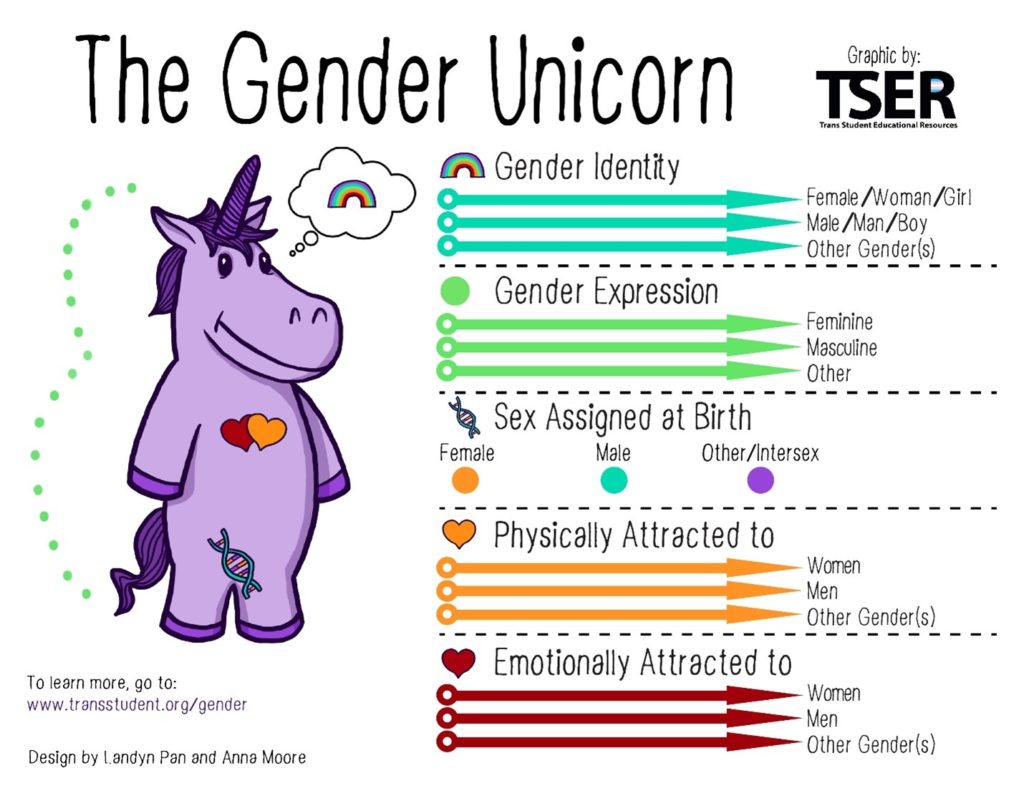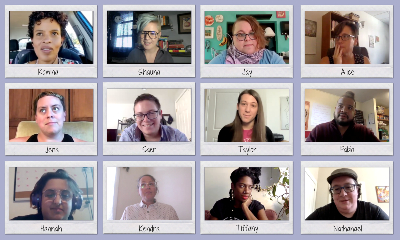Project Overview
Community Connections: The LGBTQ Perspectives Project is a mini-docuseries co-produced by the Mt. Ascutney Prevention Partnership and the Green Peak Alliance. We teamed up with Vermont filmmaker Clare Swanson and subject matter expert Davey Shlasko of Think Again Training and Consulting to create this four-part series. Clare and Davey interviewed 12 amazing individuals and Clare created four short documentary episodes, drawing from themes across the interviews. Thanks to all the interviewees who shared their perspectives with us, making this project possible. CATV in Hartford, VT supported this project with creation of the A Closer Look segments for each episode and distribution of the docuseries, helping it reach a larger audience.
Every two years, Vermont Middle and High School students fill out the Youth Risk Behavior Survey. One question on the survey asks if they feel valued by their community. Unfortunately, that percentage is often low – especially among LGBTQ+ youth. This project was created to share ways to be more understanding and supportive of the LGBTQ+ community. As a way to increase protective factors to decrease risk factors, this project serves to support LGBTQ+ youth. Having a supportive community is a protective factor that can contribute to decreased risky behaviors such as substance misuse and self-harm. All youth should feel welcomed, valued, and supported by their community.
Partners
Green Peak Alliance Partners: Mount Ascutney Prevention Partnership, The Collaborative, Black River Area Community Coalition, Greater Falls Coalition,
Community Organizations/Partners: Clare Swanson (Vermont Filmmaker), Davey Shlasko of Think Again Training and Consulting, CATV in Hartford, VT
Timeline
January 2021-Present
Outcomes
The video series was shared widely with schools, outside school organizations, libraries, social media, town listservs and newsletters, etc.
Project Resources
Episodes & Closer Look Segments
Episode 1: An Introduction
Closer Look: Episode 1
Episode 2: Community & Belonging
Closer Look: Episode 2
Episode 3: Seeing Ourselves in Media
Closer Look: Episode 3
Episode 4: Intersectionality
Closer Look: Episode 4
Full Interviews on GPA YouTube Channel
Media Recommendations from Interviewees
Explore the television shows, films, and books for children, youth, young adults, and adults that the interviewees recommended. The compilation of recommendations is categorized by media type and target age group.
The Gender Unicorn

Glossary
These definitions were adapted from our interview with Davey Shlasko, Think Again Training and Consulting, unless otherwise cited.
Transgender/Trans: A person whose gender identity now is different than the gender they were assigned at birth. For example, if someone is born and the doctor says “it’s a boy” and that kid grows up and says “I’m a girl,” that person would probably identify as a trans girl.
Cisgender: A person whose gender identity now is the same as the gender they were assigned at birth.
Non-binary: Refers to genders outside of the two category system of man and woman. Anyone whose gender identity is not simply man or woman might describe themselves or their gender as non-binary. There is not one single way to be non-binary; it refers to any gender outside of the man-woman binary.
Genderfluid: A person whose gender identity is not fixed from day to day. A person who some days feels more like a man, some days feels more like a woman, some days feels more non-binary, and some days feels more a different kind of non-binary might identify as genderfluid. Not all non-binary people are genderfluid, many non-binary people have a very fixed gender identity.
Queer: A reclaimed term used by many members of the LGBTQ+ community to describe themselves. Queer has historically been used as an insult for people who are not straight and cisgender, but many have reclaimed it as a positive term for their own identity and community.
Intersectionality: A term coined by Professor Kimberlé Crenshaw, who defined it in a Time Magazine interview as “a lens, a prism for seeing the way in which various forms of inequality often operate together and exacerbate each other.” To read this interview, visit: https://time.com/5786710/kimberle-crenshaw-intersectionality/
Neurodiversity: Neurodiversity refers to the diversity of human minds, and the various ways in which our brains differ from one another in terms of structures and processes
Neurodivergent: neurodivergent refers to brains that work differently from the societal standard of the “normal” brain. Conditions that make someone neurodivergent include autism, ADHD, and dyslexia, among many others. Non-innate events such as brain injuries can also make someone neurodivergent. To learn more about neurodiversity, neurodivergence, and related terms, visit: https://neurocosmopolitanism.com/neurodiversity-some-basic-terms-definitions/
Acronyms
LGBTQ+: Stands for Lesbian, Gay, Bisexual, Transgender, and Queer/Questioning. The + is added to include all other sexuality/gender terms that are outside the straight, cisgender norm.
QTPOC: Stands for Queer and Trans People of Color

